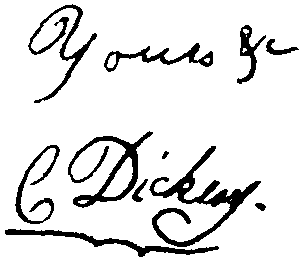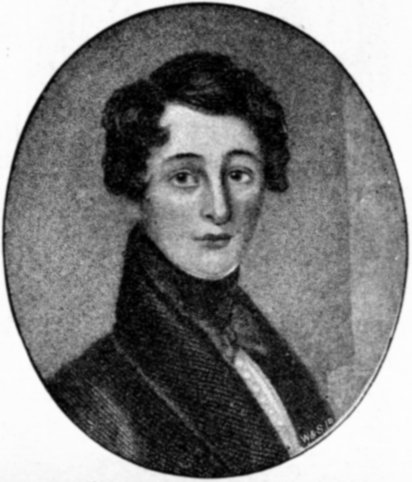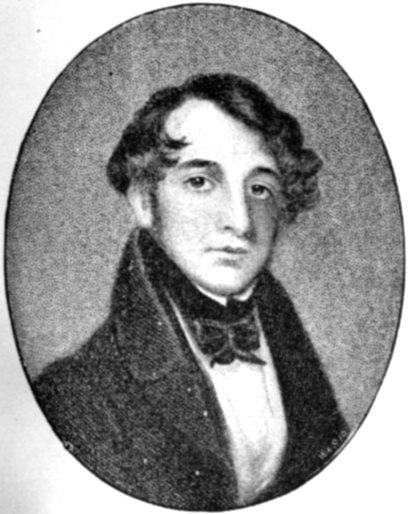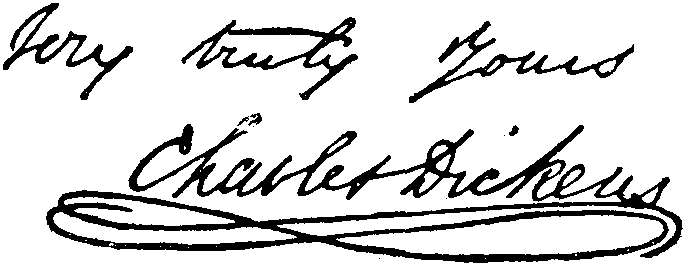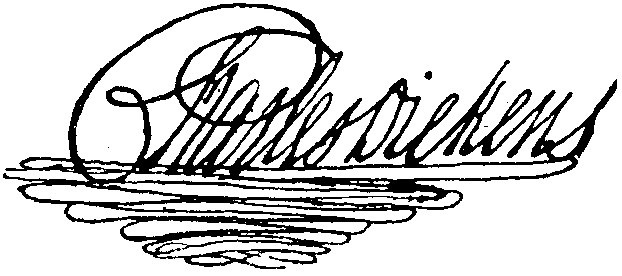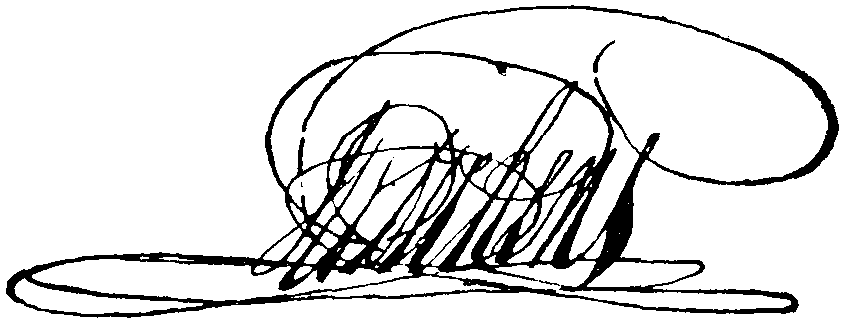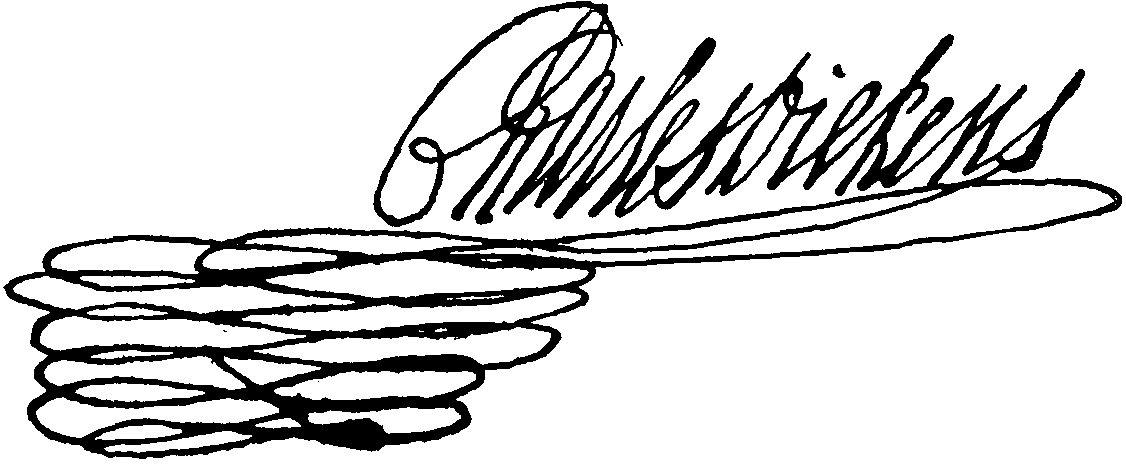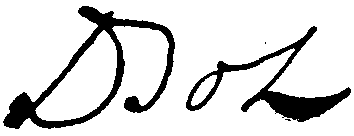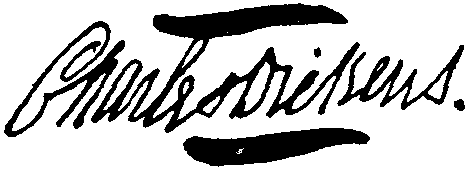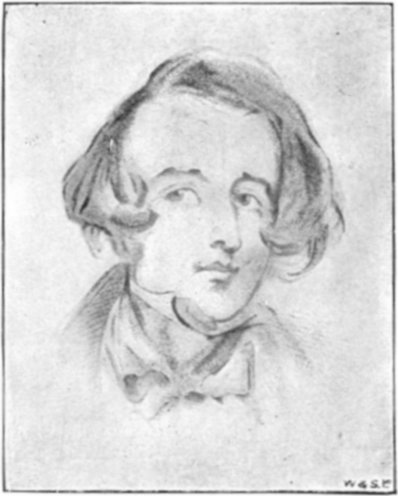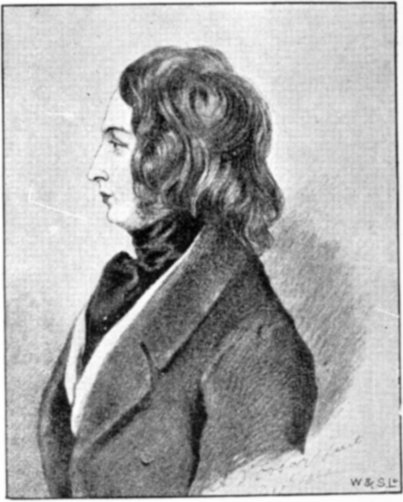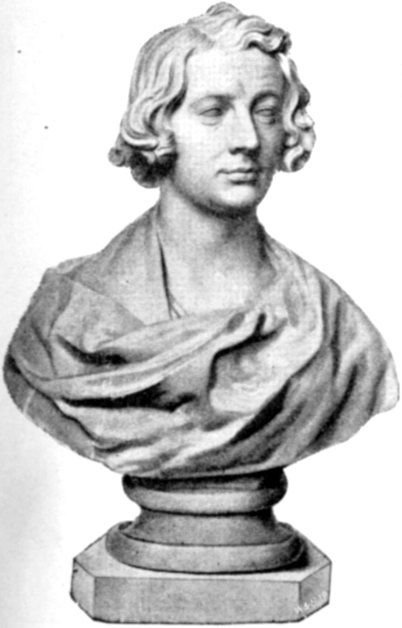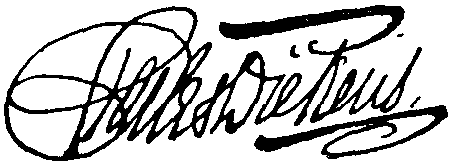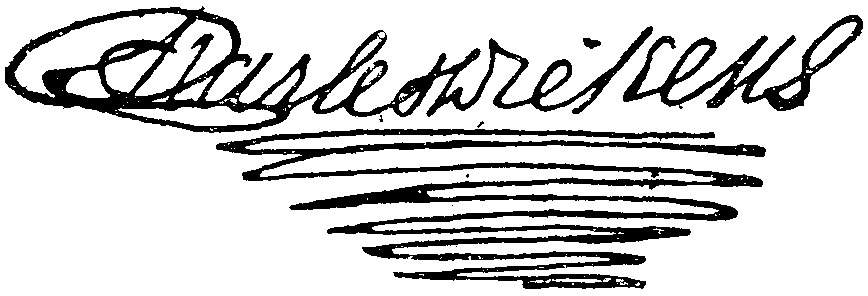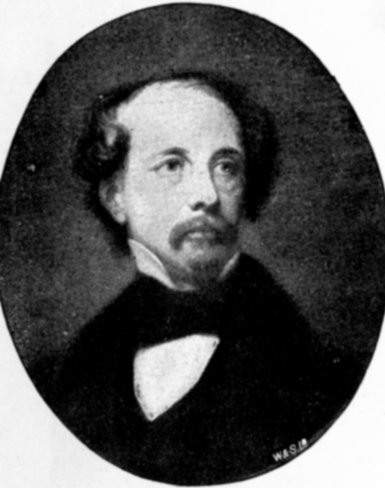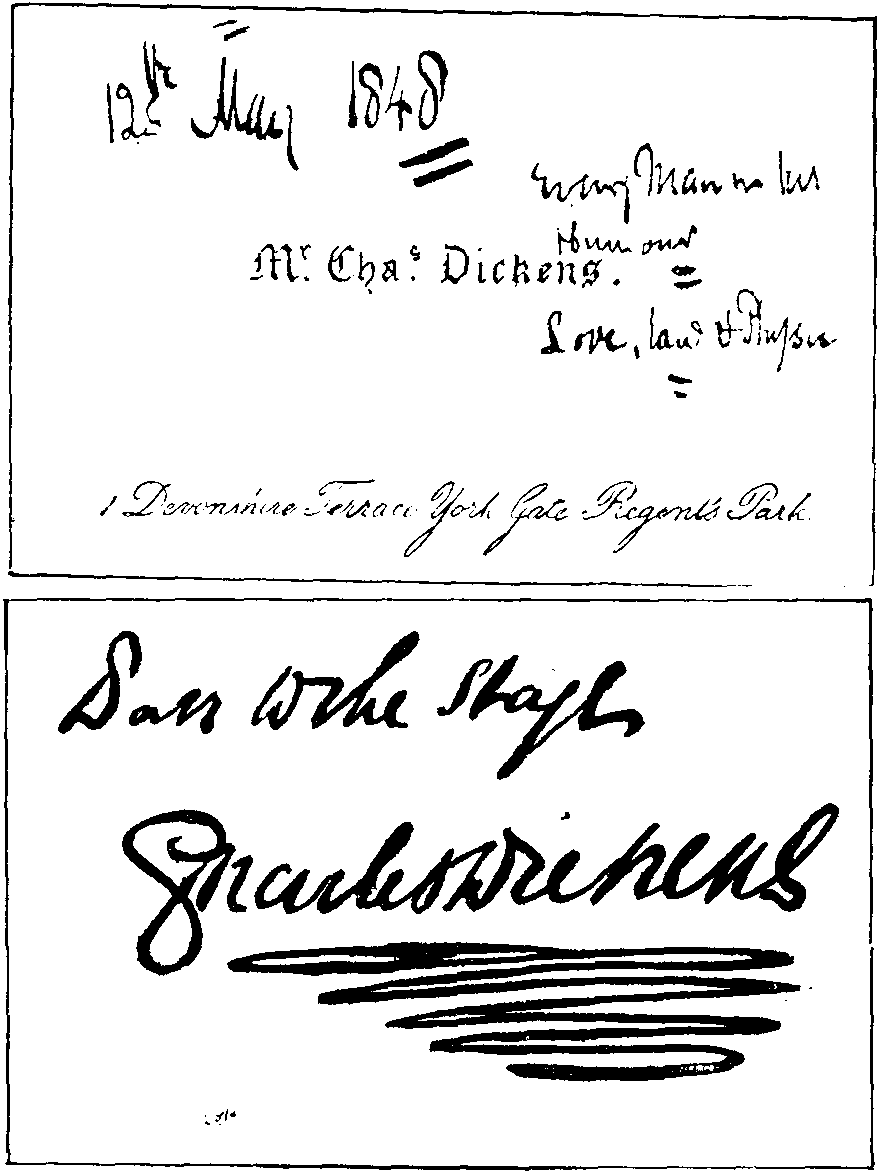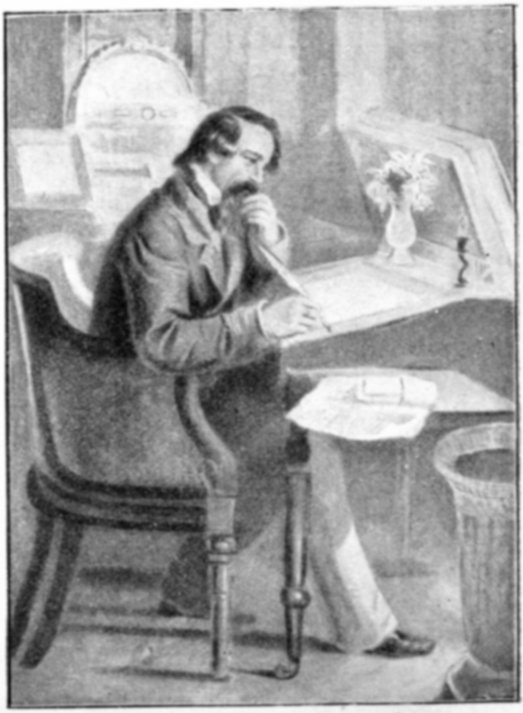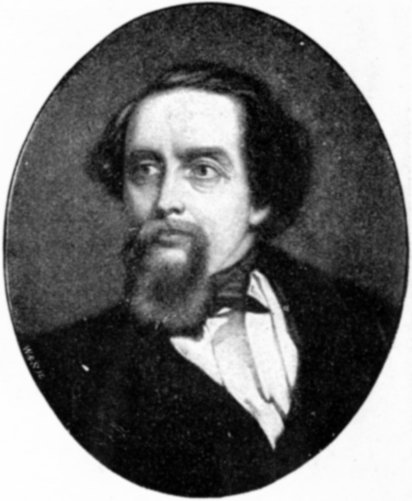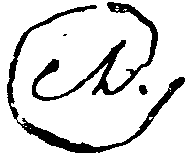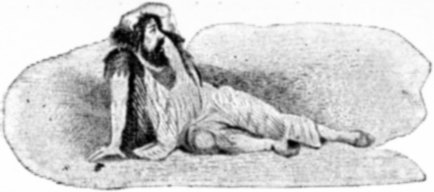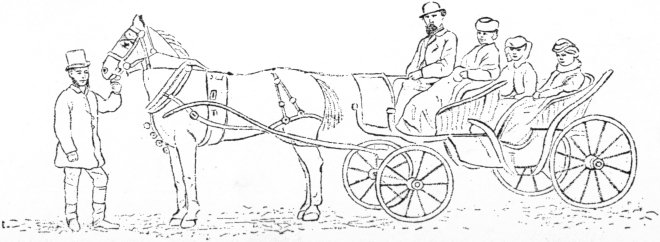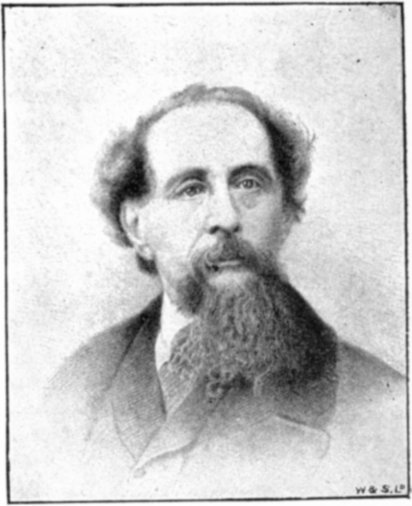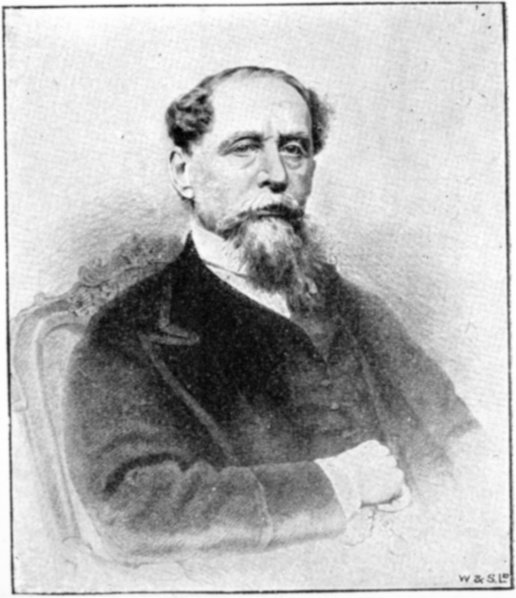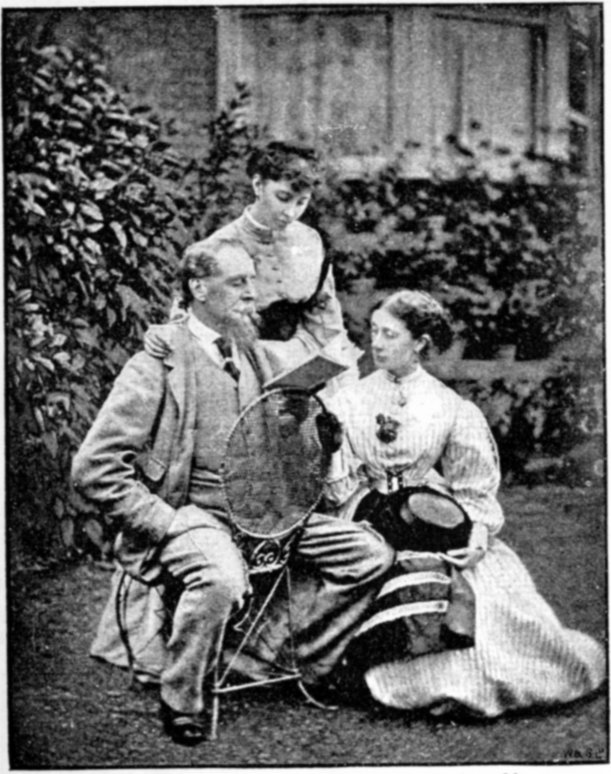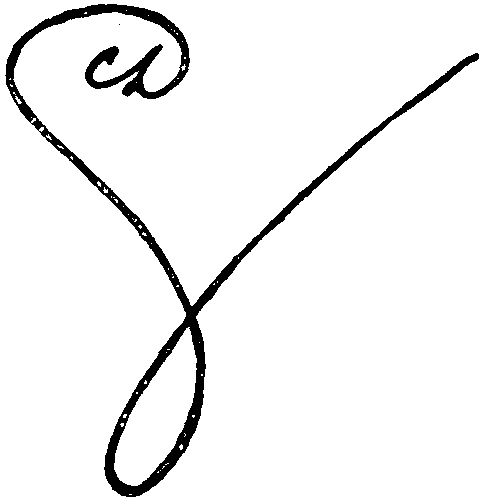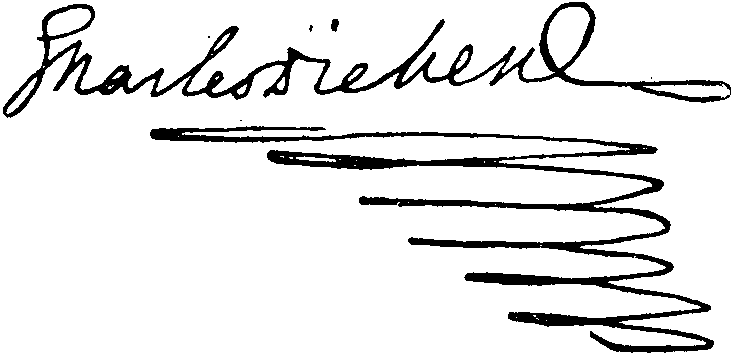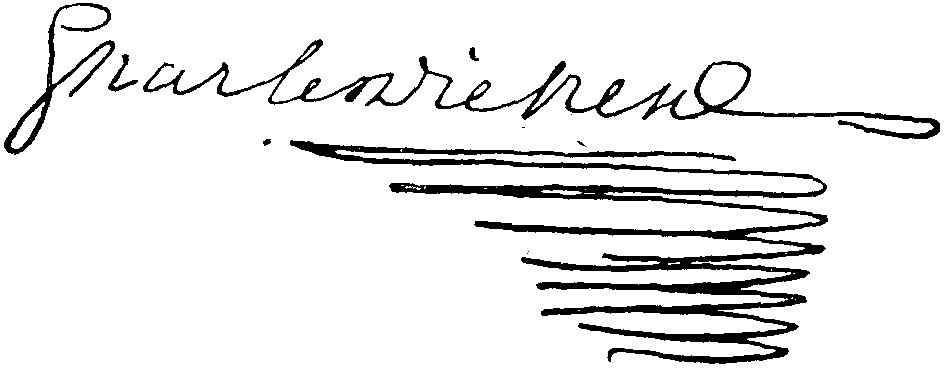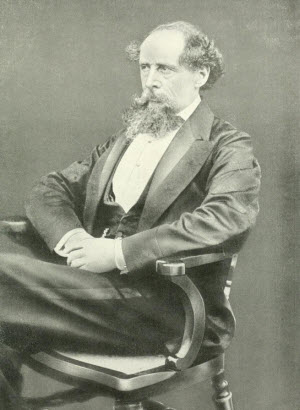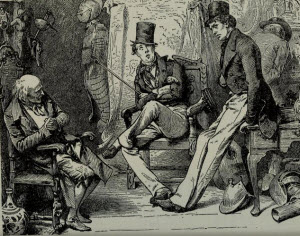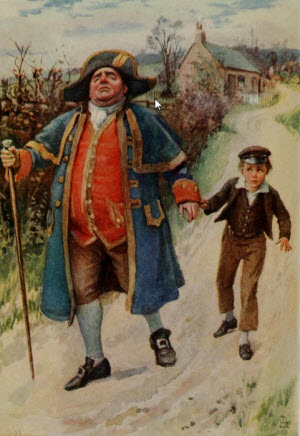Charles Dickens' Signature

The Signatures of Charles Dickens (with Portraits).
FROM 1825 TO 1870.
(Born 7th February, 1812; died 9th June, 1870.)
BY J. HOLT SCHOOLING.
"Everybody knows what Dickens's signature is like"—says the reader who bases acquaintance with it upon the familiar, gold-impressed facsimile on the well-known red covers of his works—"a free, dashing signature, with an extensive and well-graduated flourish underneath." (No. 1.)
Aye! But have you ever seen an original Dickens-letter? Have you ever handled, not one, but hundreds of his documents—letters, franked envelopes, cheques signed by Dickens, cheques indorsed by him, legal agreements bearing his signature, and the original MSS. of his works? Owing to the kindness of owners and guardians of Dickens-letters, etc. I have been able to supplement the materials in my own collection by numerous facsimiles taken direct from a priceless store of Dickens-MSS. Here are some of the specimens. We will glance over them, and in doing so will view them, not merely as signatures, but also as permanently-recorded tracings of Dickens's nerve muscular action—of his gesture. The expressive play of his facial muscles has gone, the varying inflections of voice have gone, but we still possess the self-registered and characteristic tracings of Charles Dickens's hand-gesture.
In No. 1 we have the signature of Dickens as he wrote it when aged forty-five to fifty; in No. 2 there is the boy's signature at the age of thirteen, written to a school-fellow. This youthful signature shows the existence in embryo form of the "flourish" so commonly associated with Dickens's signature. It is interesting to note that the receiver of this early letter has stated that its schoolboy writer had "more than usual flow of spirits, held his head more erect than lads ordinarily do," and that "there was a general smartness about him." We shall perhaps see that the direct emphasis of so many of Charles Dickens's signatures which is given by his "flourish" may be fitly associated with certain characteristics of the man himself. We may also note that high spirits and vigorous nervous energy are productive of redundant nerve-muscular activity in any direction—hand gesture included.
Let us look at some other early signatures. Hitherto they have been stowed away in various collections, and they are almost unknown.
The next facsimile, No. 3, is remarkable as being almost the only full signature out of hundreds I have seen which lacks the flourish; this specimen is also worth notice, owing to the "droop" of every word below the horizontal level from which each starts—a little piece of nerve-muscular evidence of mental or physical depression, which may be tested by anyone who cares to examine his own handwriting produced under conditions which diminish bodily vigour or mental élan.
The writing of No. 4 is very like that of No. 3; the easy curves below the signature are cleverly made, and while they indicate much energy, they also point to a useful confidence in self, owing to the deliberate way of accentuating the most personal part of a letter—its signature.
No. 5 is the facsimile of a signature to a letter which was written in the Library of the British Museum to "My dear Knolle"; the letter ends: "Believe me (in haste), yours most truly." At this time—1832—Dickens was a newspaper reporter, and it is curious to notice that in spite of "haste" he yet managed to execute this complex movement underneath the signature. Its force and energy are great, but we shall see even more pronounced developments of this flourish before it takes the moderated and graceful form of confident and assured power.
There is still more force and "go" about No. 6: it was written on "Wednesday night, past 12," and also in haste. Dickens was reporting for the Morning Chronicle, and was just starting on a journey, but yet there are here two separate flourishes; one begins under the s of Charles and ends under the C of that name; the other starts under the capital D and finishes below the n of Dickens.
The intricacy of the next facsimile, No. 7, is an ugly but a very active piece of movement. This group of curves is equal to about a two-feet length of pen-stroke, a fact which indicates an extraordinary amount of personal energy. Dickens was then writing his "Sketches by Boz," and this ungraceful elaboration of his signature was probably accompanied by a growing sense of his own capacity and power. During the time-interval between the signatures shown in Nos. 7 and 8, the first number of the "Pickwick Papers" was published—March, 1836—and Charles Dickens married Catherine Hogarth on the 2nd of April in that year. The original of a very different facsimile (No. 9) was written as a receipt in the account-book of Messrs. Chapman and Hall for an advance of £5.
The six facsimiles numbered 9 to 15 deserve special notice. The originals were all written in the year 1837, and I have purposely shown them because their extraordinary variations entirely negative the popular idea about the uniformity of Dickens's handwriting, and because these mobile hand-gestures are a striking illustration of the mobility and great sensibility to impressions which were prominent features in Charles Dickens's nature.
Common observation show us that a man whose mind is specially receptive of impressions from persons and things around him, and whose sensibility is very quick, can scarcely fail to show much variation in his own forms of outward expression—such, for example, as facial "play," voice-inflections, hand-gestures, and so on. Notice the originality in the position of the flourishes shown in No. 9, and compare the ungraceful movement of it with the much more dignified and pleasing flourishes in some of the later signatures. A whimsical originality of mind comes out also in the curious "B" of "Boz" (No. 10).
The next pair—Nos. 11 and 12—are interesting. No. 11 shows the signature squeezed in at the bottom of a page; the flourish was attempted, and accompanied by the words: "No room for the flouish," the r of flourish being omitted. No. 12 was written on the envelope of the same letter.

NO. l3.—WRITTEN NOV. 18, 1837.
Taken from the Legal Agreement re "Pickwick."
No. 13 is a copy of a very famous signature: the original is on a great parchment called "Deed of License Assignment and Covenants respecting a Work called 'The Pickwick Papers,'" and which, after a preamble, contains the words: "Whereas the said Charles Dickens is the Author of a Book or Work intituled 'The Posthumous Papers of the Pickwick Club,' which has been recently printed and published in twenty parts or numbers," etc. It is probable that the fact of the seal being placed between Charles and Dickens prevented the flourish which almost invariably accompanied his signatures on business documents; the marked enlargement of this signature takes the place of the flourish, and shows an unconscious emphasis of the ego. It would be almost unreasonable for us to expect that so impressionable a man, who was also feeling his power and fame, could abstain from showing outward signs of his own consciousness of abnormal success. Yet, in the private letters of Dickens, the simple "C. D." is very frequent; a few examples of it are given in this article, and their present number in no way represents the numerical relation of these simple signatures to the more "showy" ones. It may at once be said that this point of difference is alike interesting to the student of gesture and to the student of Dickens's character. He was certainly a very able man of business, and the wording of his "business" letters fully bears out the idea conveyed by his "business" signature—so to speak—that Dickens was fully aware of his own powers, and that, quite fairly, he did not omit to impress the fact upon other people when he thought fit. Both the wording and the signature of many of his private letters are simple and unostentatious to a high degree. This curious fact, which is now illustrated by Charles Dickens's own hand-gesture, ought to be remembered when people talk about Dickens's "conceit" and "love of show." My explanation is, I think, both logical and true.
No. 14 closes this series for the year 1837. It shows a quaint and pretty signature on a wrapper.
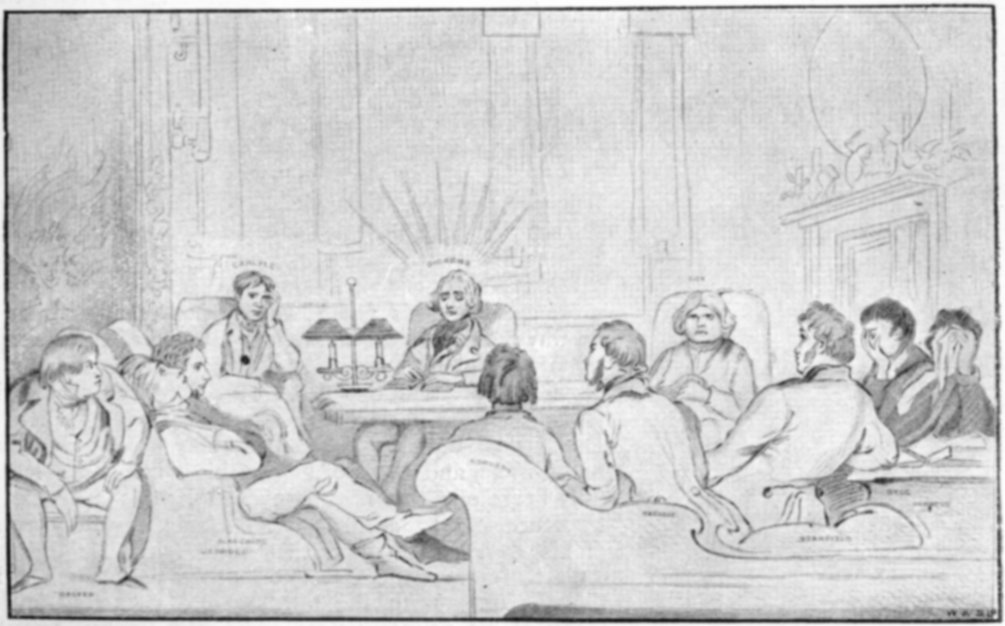
CHARLES DICKENS READING "THE CHIMES," 1844.
From the original Sketch by David Maelise, R.A.
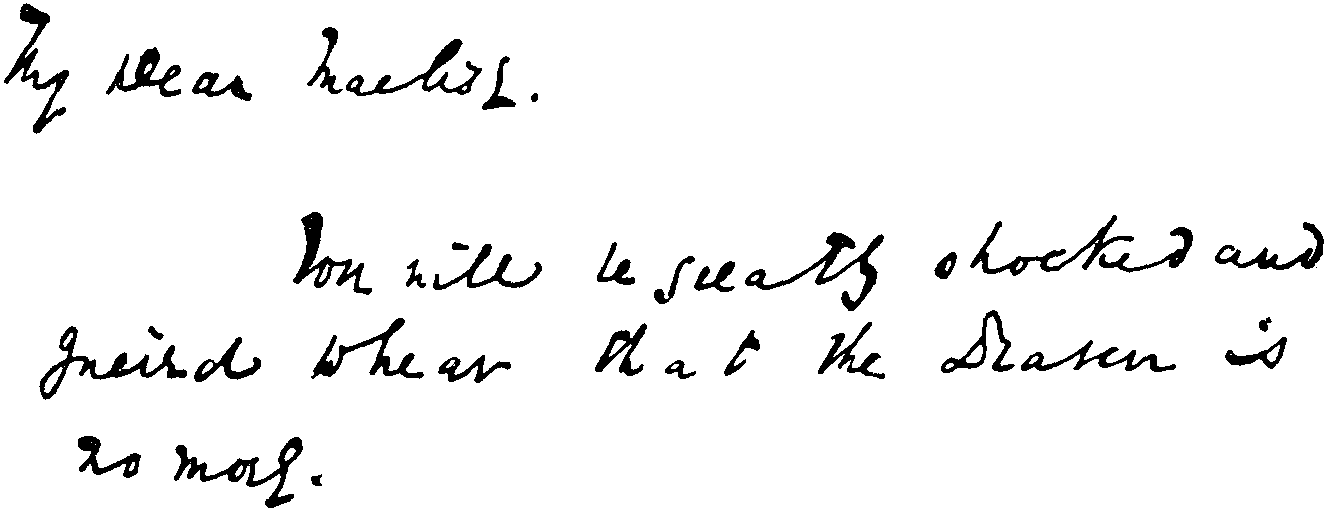
NO. 15.—WRITTEN MARCH 12, 1841.
(Announcing the Death of "Raven", a prominent character in "Barnaby Rudge")
No. 15 shows part of a very humorous and famous letter announcing the death of the raven which figures in "Barnaby Rudge." Notice the curious originality of form shown in the capital Y and R. The wording of this letter is also quaintly original, and the sensitive mind of this man again caused his nerve-muscular action—his gesture—to harmonize with his mood. Points of this kind, which the handwriting of Dickens illustrates so well, have a deeper meaning for the observant than for the casual reader of a magazine article; they indicate that these little human acts, which have been so long overlooked by intelligent men, do really give us valuable data for the study of mind by means of written-gesture.
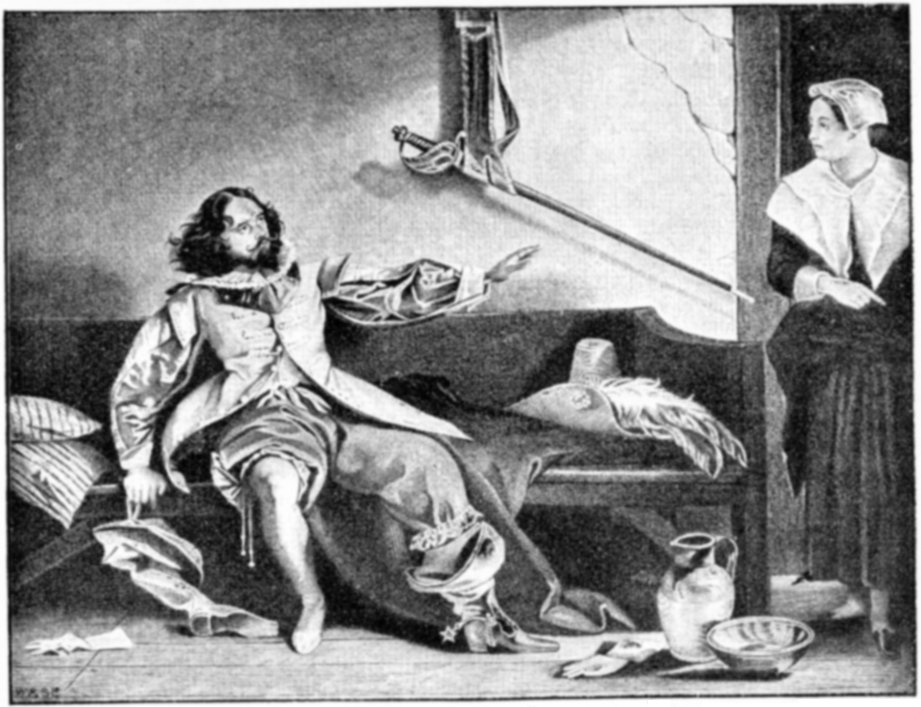
CHARLES DICKENS AS "CAPTAIN BOBADIL" IN "EVERY MAN IN HIS HUMOUR."
From a Painting by C.R. Leslie, R.A.
In No. 16 we see another and very original form of the "Boz" signature. No. 17 has a curious stroke of activity above the signature. No. 18 is a fine, strong signature.
No. 19 is remarkably vigorous and active. The well-controlled activity and energy of the signatures are now strongly marked. No. 20 explains itself; the curious P of Pass is worth notice.
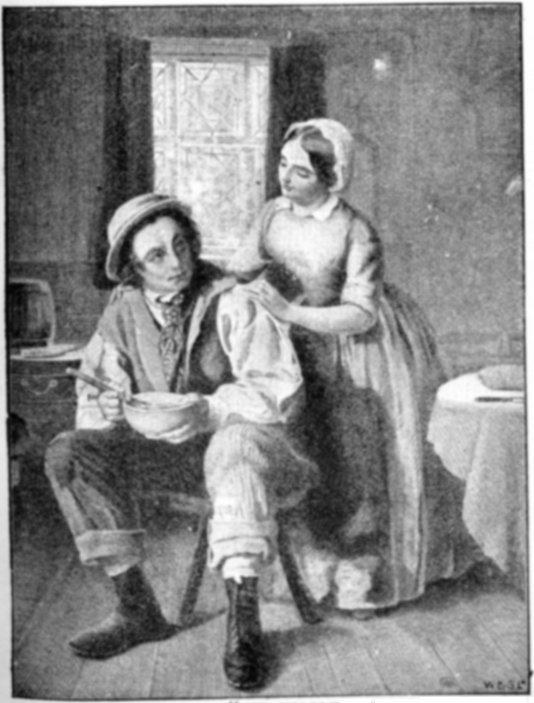
CHARLES DICKENS AS "SIR CHARLES COLDSTREAM" IN "USED UP", 1850.
From a Painting by Augustus Egg, R.A.
No. 21 is a stray illustration of clever and gracefully-executed movements which abound in Dickens's letters.
See, in No. 22, how illness disturbed the fine action of this splendid organism; but illness did not prevent attention to detail—the dot is placed after the D.
When on a reading tour, Dickens wrote at Bideford the letter from which No. 23 has been copied. After writing that he could get nothing to eat or drink at the small inn, he wrote the sentence facsimiled. The exaggeration of the words is matched by the use of two capital T's in place of two small t's. The letter continues: "The landlady is playing cribbage with the landlord in the next room (behind a thin partition), and they seem quite comfortable." No. 24 is another instance of the variation which, in fact, obtained up to the very day before death. No. 25 was written at Berwick-on-Tweed; it is an amusing letter, and states how the local agents wanted to put the famous reader into "a little lofty crow's nest," and how "I instantly struck, of course, and said I would either read in a room attached to this house ... or not at all. Terrified local agents glowered, but fell prostrate." By the way, notice, in No. 25, the emphasis of gesture on the me.
No. 26 is written in one continuous stroke with a noticeably good management of the curves. The graceful imagination of this is very striking.
No. 27 shows the endorsement on a cheque.
But we near the end. Doctors had detected the signs of breaking up, which are not less plain in the written gesture, and had strenuously urged Dickens to stop the incessant strain caused by his public readings. The stimulus of facing an appreciative audience would spur him on time after time, and then, late at night, he would write affectionate letters giving details of "the house," etc., but which are painful to see if one notices the constant droop of the words and of the lines across the page. Contrast the writing in No. 28, broken and agitated, with some of the earlier specimens I have shown you. This was written three days before death. The wording of the letter from which No. 29 has been copied tells no tale of weakness, but the gesture which clothes the words is tell-tale. The words, and the lines of words, run downward across the paper, and No. 29 is very suggestive of serious trouble—and it is specially suggestive to those who have studied this form of gesture: look, for example, at the ill-managed flourish.
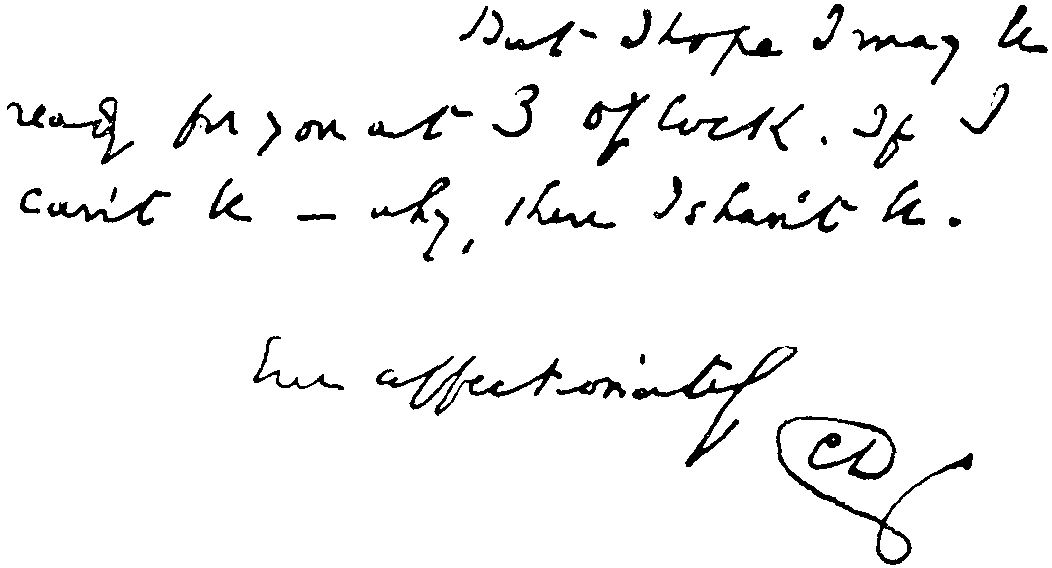
NO. 30.—WRITTEN JUNE 8, 1870 (ONE DAY BEFORE DEATH.)
From the last letter written by Charles Dickens.
Now comes a facsimile taken from the last letter written by Charles Dickens. It has been given elsewhere, but, not satisfied with the facsimile I saw, I obtained permission to take this direct from the letter in the British Museum. This was written an hour or so before the fatal seizure. Every word droops below the level from which each starts, each line of writing descends across the page, the simple C. D. is very shaky, and the whole letter is broken and weak. Charles Dickens was not "ready" at "3 o'clock"—he died at ten minutes past six p.m. And so ends this too scanty notice of a great man's written-gesture.
NOTE:—Considerations of space and of the avoidance of technicalities have prevented a really full account of the written gesture of Charles Dickens; scanty as the foregoing account is, the illustrations it contains could not have been supplied by any one collector of Charles Dickens's letters. I express my sincere gratitude to the many persons who have enabled me to give these illustrations, and only regret that one collector refused my request for the loan of some very early and interesting letters.
J.H.S.


